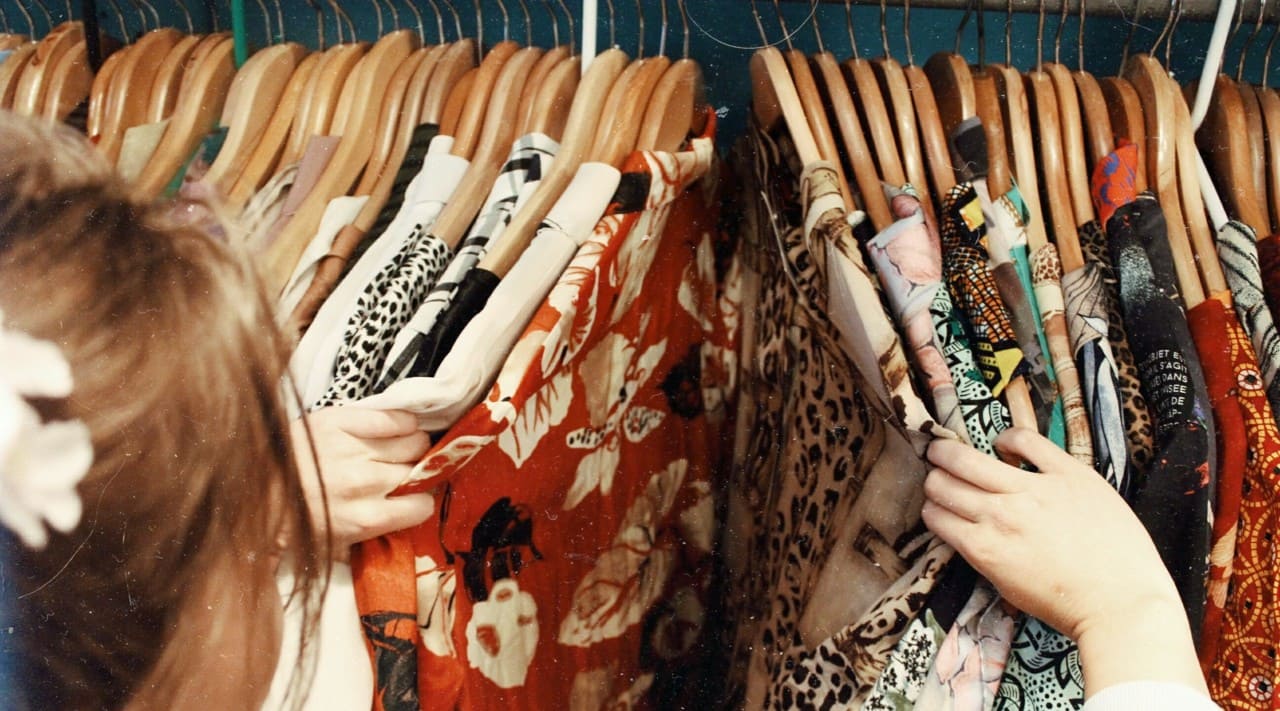- Media Consumption & Trends
- Understanding Consumers
Retail Media: Identifying Its Opportunity and Gaps

More people are browsing and buying online than ever before, creating an influx of demand and data for retailers. This shift in consumer behavior has created a unique opportunity for retailers to deepen their relationships with brand partners, grow new revenue streams and improve shopper experiences by developing a retail media business.
Benefits of Retail Media for Retailers and Brands
As e-commerce continues to grow in double digits, fuelled in part by the pandemic, brands are allocating more budget towards retail media. It provides them with the ability to capture shoppers at key buying points, along with supplementing omnichannel activities and providing closed-loop measurement. According to research from Merkle, 85% of CPG brands plan to move more marketing dollars to retail media, with 52% planning on doing so in the next year.
Retail media helps brands connect with shoppers when they are in the purchasing mindset. In addition, brands get transparency in their media budgets and can expect to see significant ROI through unified omnichannel closed-loop measurement, helping them tie advertising to online and offline sales.
Elements of Building a Successful Retail Media Business
Retailers can scale their advertising programs to reach up to 5% of their Gross Merchandise Value (GMV) by employing a multi-pronged strategy that capitalizes on their strengths and compensates for their weaknesses. Retailers can maximize ad revenue and delight consumers through the following actions:
- Showcasing relevant sponsored products to users based on what they are in market for. User intent is derived using search and what products users are browsing.
- Showcasing relevant sponsored products/brands using video to users based on their interests derived from their past shopping behavior, to increase awareness and consideration. The flexibility to sell ad placements in different pricing models, including programmatic guaranteed, private marketplace deals and open auctions, allows retailers to maximize revenue with little to no risk.
- Delivering ROI for brands at scale by running campaigns across retail media and the open internet, keeping data private and secure during activation and reporting.
- Moving beyond intent-driven commerce to interest-driven commerce as window shopping becomes mainstream in e-commerce. This also means retailers can use influencer-driven shops and reviews to increase engagement in media and thus drive sales of products outside of owned-and-operated media.
Gaps in Market
What prevents retail media from being successful? This is what we’ve seen in our experience:
- Retailers are not able to attract budgets from all their brands/vendors for their sponsored products, as delivering around ROAS and Advertising Cost of Sales (ACOS) expectations at scale isn't possible with a human in the loop.
- Retailers are not able to deliver high click-through rates for their sponsored brand ad formats as shoppers find it hard to understand details when many products of a brand are showcased together.
- Retailers are limited in their ability to attract top-of-the-funnel advertising dollars as they use manual heuristics to decide which ad placements to sell in-house or via private marketplace deals – and are unable to make these decisions in a way that is operationally efficient.
- Retailers are not able to leverage their own data for offsite activation due to fears around losing control over their data and continuously ensuring they adhere to ever-evolving data privacy regulations.
- Retailers are not able to move beyond being a utility to being a fun destination where users come to discover products based on their interests and/or through window shopping.
- Retailers are limited in their ability to maximize revenue by utilizing only one supply-side platform.
What’s needed to actually build out a successful retail media effort? Check out our upcoming blog to learn more.
Stay Up to Date
Register to our blog updates newsletter to receive the latest content in your inbox.









